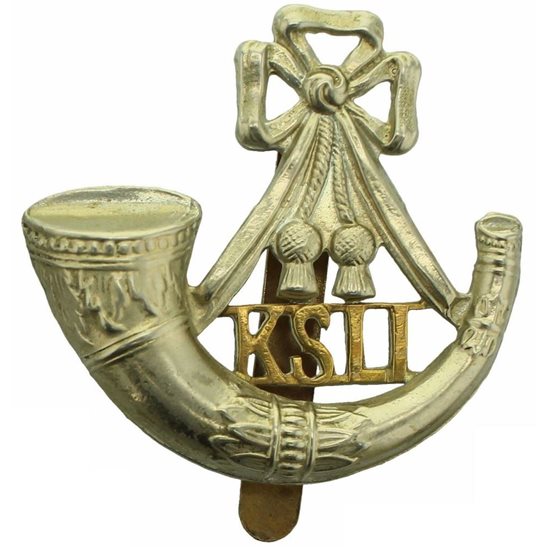Personal Details
Born: 15 November 1897 in Whitchurch, Shropshire.
Family: He was the second of six children born to James Edwards, a joiner, and his wife Mary Ann. He married Florence Muriel Richards in 1920 in Whitchurch and together they had five children – Olive, John K, Gladys, Richard and Margaret A.
Residence: In 1901 he lived at 3 Chapel Street, Wem, Shropshire. By 1911 they had moved to 20 Newtown, Whitchurch where Thomas continued to live until at least 1939. His address at the time of his death was 10a The Flats, Claypit Street, Whitchurch.
Employment: In 1939 he was a railway passenger guard.
Died: In 1974 at the Copthorne Hospital, Shrewsbury, aged 76 and was buried on 4 May the same year in Whitchurch cemetery.
Military Details
Regiment: King’s Shropshire Light Infantry
Rank: Private
Service Number: 202825 (previously 4204)
Date of Enlistment: 11 October 1915
Date of Discharge: 20 November 1918
Reason for Discharge: No longer physically fit for war service.
Thomas was awarded the Campaign Medals (British War Medal, and Victory Medal) and the Silver War Badge (number B67376).

The British War Medal (also known as 'Squeak') was a silver or bronze medal awarded to officers and men of the British and Imperial Forces who either entered a theatre of war or entered service overseas between 5th August 1914 and 11th November 1918 inclusive. This was later extended to services in Russia, Siberia and some other areas in 1919 and 1920. Approximately 6.5 million British War Medals were issued. Approximately 6.4 million of these were the silver versions of this medal. Around 110,000 of a bronze version were issued mainly to Chinese, Maltese and Indian Labour Corps. The front (obv or obverse) of the medal depicts the head of George V. The recipient's service number, rank, name and unit was impressed on the rim.
The Allied Victory Medal (also known as 'Wilfred') was issued by each of the allies. It was decided that each of the allies should each issue their own bronze victory medal with a similar design, similar equivalent wording and identical ribbon. The British medal was designed by W. McMillan. The front depicts a winged classical figure representing victory. Approximately 5.7 million victory medals were issued. Interestingly, eligibility for this medal was more restrictive and not everyone who received the British War Medal ('Squeak') also received the Victory Medal ('Wilfred'). However, in general, all recipients of 'Wilfred' also received 'Squeak' and all recipients of The 1914 Star or The 1914/1915 Star (also known as 'Pip') also received both 'Squeak' and 'Wilfred'. The recipient's service number, rank, name and unit was impressed on the rim.

The Silver War Badge was issued in the United Kingdom and the British Empire to service personnel who had been honourably discharged due to wounds or sickness from military service in World War I. The badge, sometimes known as the "Discharge Badge", the "Wound Badge" or "Services Rendered Badge", was first issued in September 1916, along with an official certificate of entitlement.

